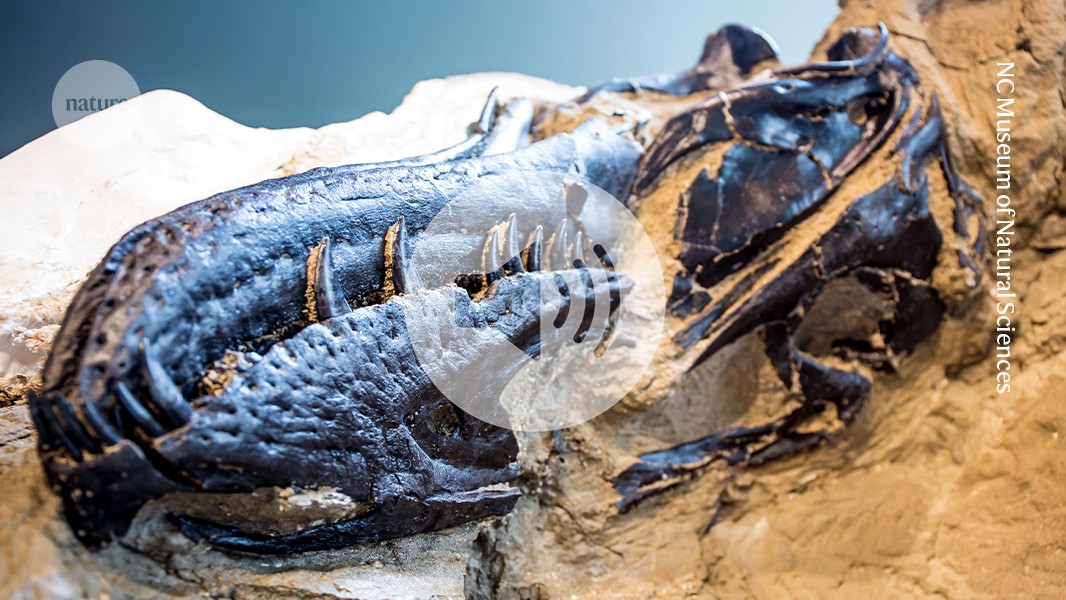
"Nanotyrannus was a dinosaur anatomically similar to T. rex, but about a tenth of the size, leading many to argue it was a young version of the iconic species. However, examination of the limb bones of a well-preserved Nanotyrannus fossil suggests it was close to finishing its growth and so would never become as large as a T. rex, leading the authors to argue that it is, in fact, a different species."
"An 'anti-hormone' therapy has shown promise in halting the onset of hallmarks associated with breast cancer, in a small trial. Breast cancer is a leading cause of death in women worldwide, but preventative measures, such as mastectomies, are invasive. A new study examined the efficacy of a treatment that blocks progesterone, a hormone thought to play an important role in breast cancer progression."
Nanotyrannus was anatomically similar to Tyrannosaurus rex but roughly one-tenth its size; limb-bone analysis of a well-preserved specimen indicates near-complete growth and supports classification as a separate species. The specimen's bone structure indicates it would never have grown to T. rex proportions. An artificial 'neuron' prototype could pave the way for brain-inspired computing, while some bats hunt prey comparable to their own size. An anti-hormone therapy that blocks progesterone reduced specific clinical markers and the number of cells that can become cancerous in a small trial. New methods aim to accelerate CRISPR therapies toward clinical trials, and a tiny 3D printer could enable vocal-cord repair.
#paleontology #dinosaur-taxonomy #breast-cancer-prevention #neuromorphic-computing #crispr-therapies
Read at Nature
Unable to calculate read time
Collection
[
|
...
]